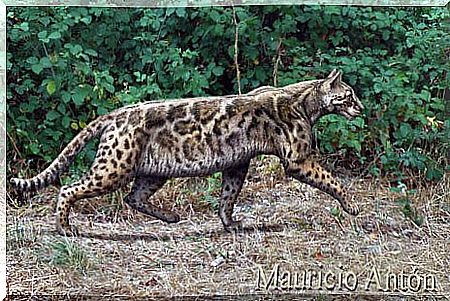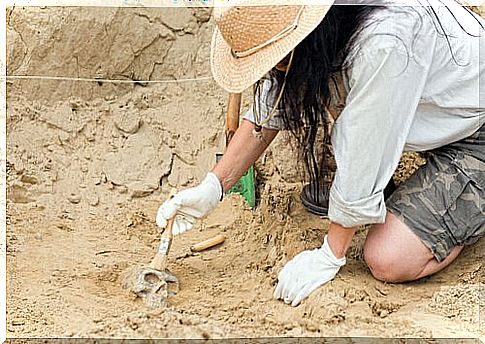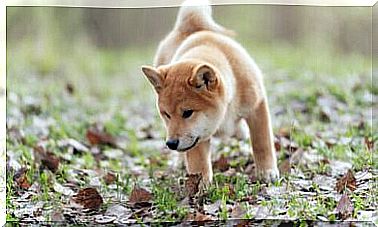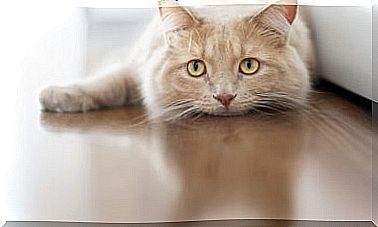Do You Know Which Was The First Cat In Spain?

Recent archaeological discoveries have revealed that Spain’s first cat lived ten million years ago. The skeleton of this feline species was found at archaeological sites on the Cerro de los Batallones, in what is now Madrid.
Next, we’ll tell you more about the incredible story of the first cat and the great work of Spanish researchers.
What was the first cat in Spain like?
The new feline was named Leptofelis vallesiensis . According to researchers at the MNCN (National Museum of Natural Sciences), this animal was very similar to a wildcat.
The skeleton of this primitive cat indicates that it was a very slender and agile cat , with an estimated weight between 7 and 9 kilos. His physique gave him great flexibility, and allowed him to make great leaps to hunt and also climb to protect himself.
What stands out the most, according to paleontologists, is the particular combination of modern and primitive features in its skeleton. According to them, this important carnivore has a unique “mosaic” in its bones.
Its hind legs show characteristics of primitive felines, mainly the femur, pelvis and ankle. These traits are observed in the morphology of ancient arboreal trees, whose best known example is the genet.
The front legs of this primitive feline have similarities to modern felines. It is a “puzzle” with very special characteristics of intermediate carnivores in the evolution of their species.

As stated by the researcher from the University of Alcalá, this mosaic of characteristics was unknown until then. So the Leptofelis is a key factor to understand the transformation of primitive cat to become the cat we know today.
Regarding the historical study, this primitive cat gives us important evidence about a period we knew very little about: the Upper Miocene.
Recent studies also point out that this species inhabited a mixed landscape. In other words, a region that combined areas with a lot of vegetation (trees, shrubs, etc.) with more desert regions.
All this information gives us an insight into what the territory of Madrid was like over 10 million years ago, in the center of the Iberian Peninsula.
Leptofelis vallensiensis: an effective hunter with climber traits
One of the most revealing features of the Leptofelis skeleton is its knees. These structures reveal that Spain’s first cat had much greater flexibility than current domestic cats.
These physical peculiarities allowed her to make exuberant leaps and reach great heights when propelling herself with the help of the ground. It is estimated that Leptofelis was able to catch birds very effectively, even when they tried to fly to escape.
Currently, this jumping ability can be seen in very few wild cats, such as some species of African lynx.
According to the researchers, Leptofelis also possessed much greater strength than current cats in the muscle at the base of its paws. Thanks to this, the musculature of its legs was so strong that it was able to generate a boost to climb trees.
In addition, the design of his elbow joints allowed him to move quickly and safely on the floor. These combined skills were essential not only for chasing their prey, but also for protecting themselves from potential predators.

Your feats don’t end there…
Researchers are very pleased with the findings, which can contribute a lot to our better understanding of our story. However, their efforts are focused on a new and very likely discovery.
In their latest searches of the Batallones territory, they found some fossils of a second species of primitive feline. The pieces found indicate that this animal is much larger and possibly older than the newly found Leptofelis .
It is known that the formations of Batallones date back more than 9.5 million years. This period composes the Miocene of the Cenozoic (or Tertiary) era. Since its discovery in 1991, the region has proved to be very “productive” with fossils from that geological period.
Taking into account the antiquity of these Spanish archaeological sites, researchers daily renew their enthusiasm.
We will be attentive to new revelations about the first cat in Spain, and also, of course, to the possibility of discovering new species that inhabited the country long before humans.









